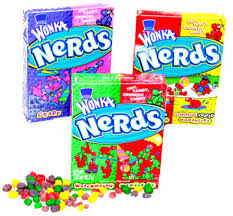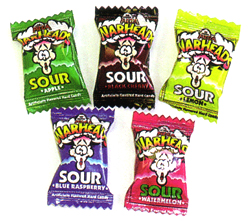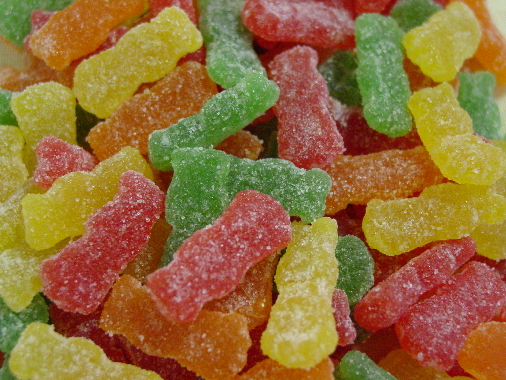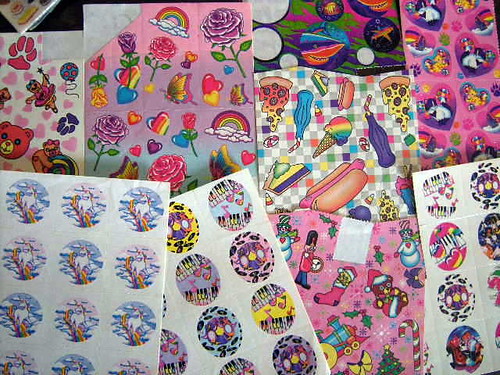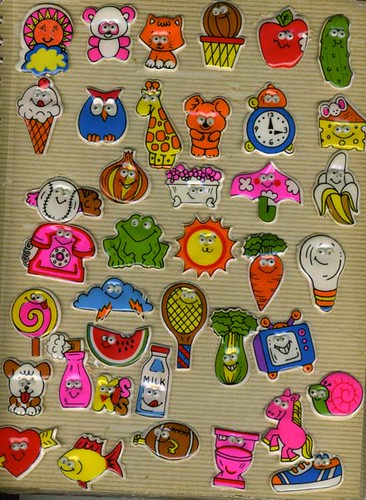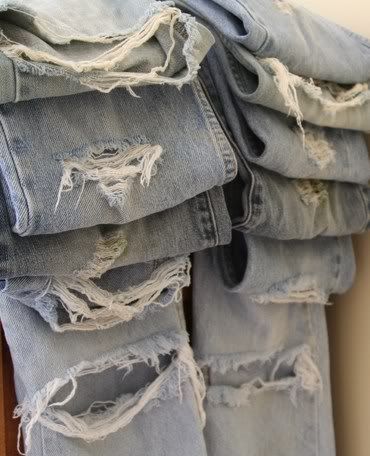These books satisfied both criteria in balance and firmly established a place in our collective nostalgic heart for their silliness, fun, and wit. Let's take a stroll through the magical world of 80s and 90s young children's books. You'll laugh, you'll cry, you'll develop a catchy rhyming scheme. Don't blame me if you start talking Seusically, though. It should wear off in 10-12 hours.
If You Give A Mouse a Cookie

We all know what happens when you start giving mice cookies. They're insatiable little rodents, really. At least that's the central message of Laura Numeroff's If You Give a Mouse a Cookie. He'll just keep bleeding you dry with favors until he finally just wants a cookie again. There's just no winning. Maybe if you try giving a Moose a Muffin or a Pig a Pancake things might turn out differently. Maybe.
Love You Forever

If you're a leaky-faucet type crier easily set off by emotional material, be warned that you'll release the floodgates by the last cycle of "I love you forever, I love you for always, as long as you're living, my baby you'll be." The book details the relationship of a mother and her young son as she recites the same refrain to him at various stages of his life. Near the end of the story, the adult child recites it back to his dying elderly mother and finally to his own infant daughter. The book resonates well with adults and children alike; it seems the older you get, the more likely you'll want to keep a full box of tissues nearby when you pick this one up.
The Eleventh Hour and Animalia


I spent somewhere in the neighborhood of three years trying to trace these gorgeous illustrations in hopes of miraculously transferring Graeme Base's incredible art talent onto my own hopelessly skill-free hands. Base's books may be visually enchanting, but in the case of The Eleventh Hour they're also incredibly tricky. I still haven't managed to solve all of the many riddles embedded in the story. I almost caved and broke into the solution in the back, but I'm still holding out hope that the answer will just come to me.
The True Story of the Three Little Pigs and The Stinky Cheese Man and Other Fairly Stupid Fairy Tales


Revisionist fairy tales can be a lot of fun, and this Wolf-narrated version of the classic Three Little Pigs story is no exception. Our allegedly mistakenly accused suspect, Alexander T. Wolf, describes his troubles in borrowing sugar to bake a cake for his Granny's birthday. Is it his fault he has a terrible cold and that pigs build inferior non-sneeze-resistant houses? How could you let a delicious ham dinner like that go to waste, after all?
Along the same lines and written by the same witty author (Jon Scieszka), The Stinky Cheese Man gives us an irreverent look at some of our favorite classic fairy tales. The Gingerbread Man is the Stinky Cheese Man, The Really Ugly Duckling just grows into a Really Ugly Duck, and Little Red Riding Shorts manages to outrun the wolf on the way to Grandma's. The book is a bit chaotic, but it's legitimately clever and witty, too.
Arthur Books

Marc Brown was clearly onto something when he created this lovable anthropomorphic eight-year old aardvark named Arthur. Populating Arthur's hometown of Elwood City are a host of other cuddly animal characters with varying socioeconomic backgrounds, leading me to find that yes, you can indeed be jealous of a fictional monkey. Darn you, Muffy, and your enviable rich-monkey lifestyle.
The Jolly Postman
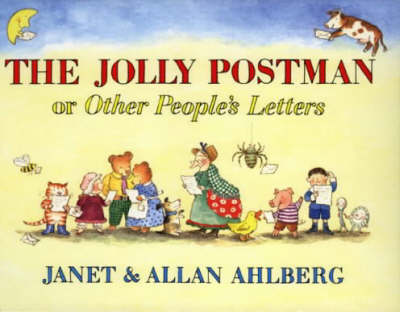
Kids have pretty short attention spans, so an interactive book is always a major draw: it's like a combination book/game rolled into a neat little package. To be delivered by a postman. A jolly postman.
In The Jolly Postman, our hero postman maneuvers from one fairy tale house to another, delivering correspondences (an apology note from Golidlocks and the 3 bears), junk mail (an advertisement for "Hobgoblin Supplies, ltd."), and even threats of legal action (the case of the Wolf v. Miss Riding Hood.) The jolly postman stops for tea at each home, delivering letters that we as readers could physically open and read.
Chicka Chicka Boom Boom

Learning the alphabet can be pretty boring, so imagine how relieved we were to find a book that turns dry and humorless letters into cute anthropomorphic characters. Our fearless letters climb the tree in orderly A-B-C succession, only to fall back down and sustain alphabetized injuries. Ouch.
Where the Wild Things Are

Monsters might seem like a scary, lurking under the bed prospect until we learn that in our imaginations we can just dance with them in a wild rumpus instead. Sounds like a decent solution to me. The back-story is possibly as entertaining as the tale itself: author Maurice Sendak had initially planned for the book to feature wild horses, but his publisher shunned Sendak's sub-par horse drawings. Sendak replaced the horses with caricatures of his Polish Jewish aunts and uncles: Aaron, Bernard, Emile, Moishe, and Tzippy. I imagine they were thrilled to find their likenesses titled "things."
Berenstain Bears

This friendly bear family has been teaching kids valuable life lessons for generations. I believe I read the Visit to the Dentist book at my own dentist's office at least twenty times, which helped assuage my fear of the infamous yankers while simultaneously teaching me about the untapped goldmine of cash at stake for my expendable baby teeth. Win-win.
Amelia Bedelia

What do you get when you combine a charming rhyming named housekeeper and a penchant for extreme literal interpretation of simple instructions? Pure children's book gold. Amelia Bedelia draws the drapes by trying her hand at sketching the curtains and prunes the hedges by sticking prunes in them. We learned the value of simple vocabulary and double meanings, plus I got some great ideas for how to make a mockery of my household chores,
Oh, The Places You'll Go!

Though it may have become a cliche gift for recent graduates, Dr. Seuss's final book is ultimately inspirational and sweet. The book details our protagonist's travel through uncharted territory, complete with setbacks and triumphs. So go ahead, give it to your graduating cousin or neighbor. He'll probably be able to start a collection with all of the copies he receives, but he may just learn a valuable lesson about endless possibilities.
The Rainbow Fish

This book seems pretty innocent with its message of sharing, so imagine my surprise in discovering it's taken some flack from critics for allegedly promoting a socialist agenda. It's a pretty preposterous accusation; it's enough to make you wish yourself back to a simpler time when you didn't know what things like "socialist agenda" even meant.
Stellaluna

Fruit bats are adorable and owls are evil? What kind of crazy mixed-up pre-Harry Potter owl love affair world is this? Stellaluna is separated from her mother and is raised with a nest full of baby birds, the mother of whom admonishes her for hanging upside down like, well, a bat. In case you were worried, she does eventually reunite with her mother, but the book has a bit of a melancholy feel through the whole "be true to yourself" message.





